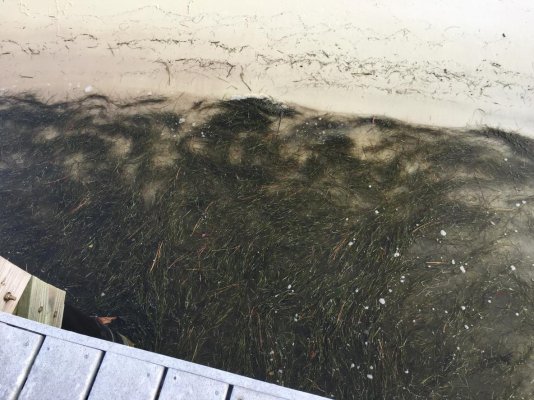Can you provide a little more detail as to how this works (i.e., is attached to the boat)? We've never had an issue with our main engine and AC intakes, as they are deep in the hull, near the keel, but we've had numerous issues with our generator clogging, as the intake is located closer to the waterline. I've been trying to come up with ideas, as we have a lot of hydrilla and sea grass this time of year. Last year, we had the genny clog, overheat and shut down three times in one weekend. Unfortunately, by the time it overheats and shuts down, the impeller is usually toast and also has to be replaced. If others have ideas, would love to hear them. So far, we have considered going with a larger strainer (which just means more time before it is full) and/or installing a strainer/clam shell on the outside of the hull at the intake, but that will require a haulout.



